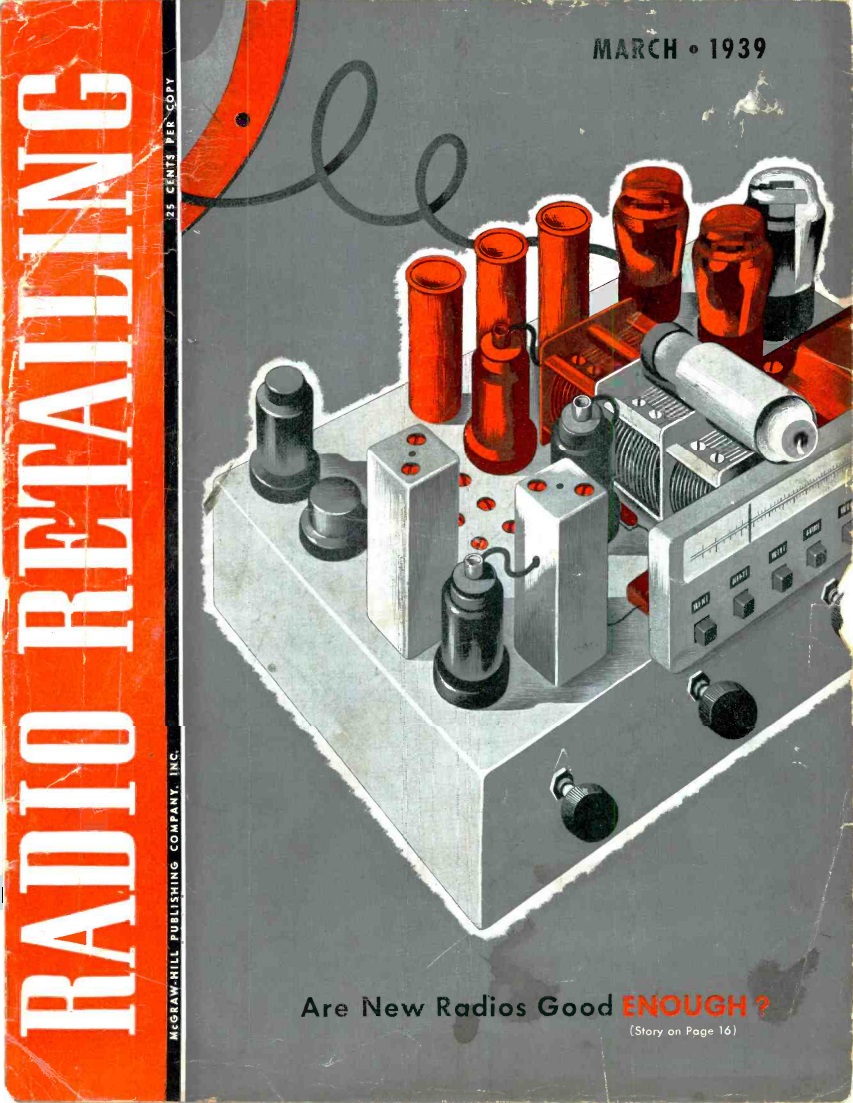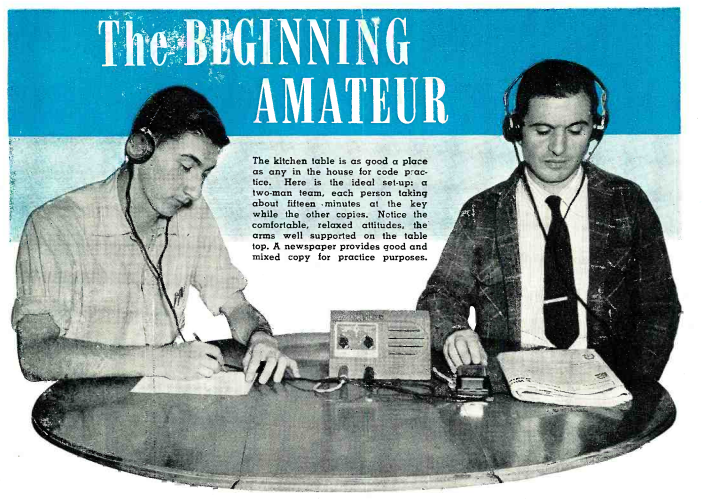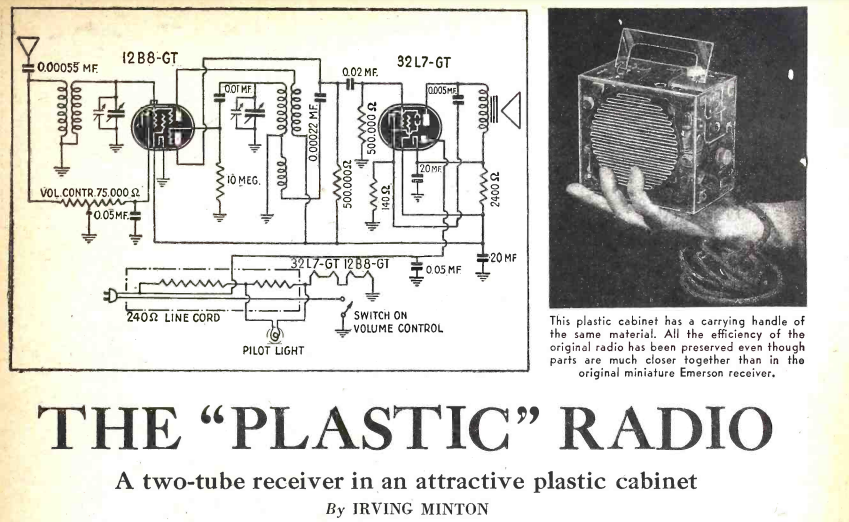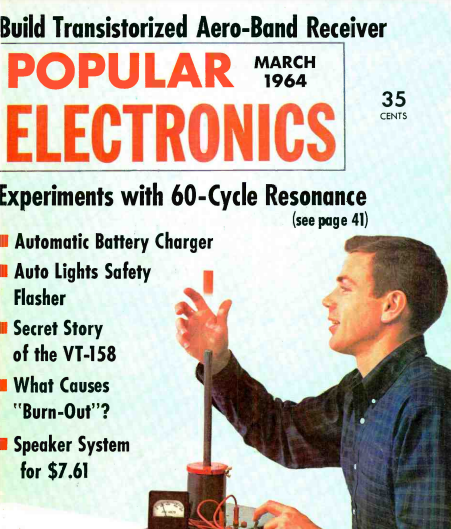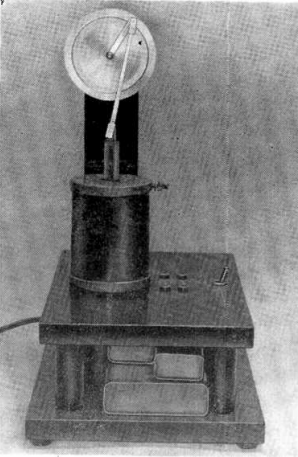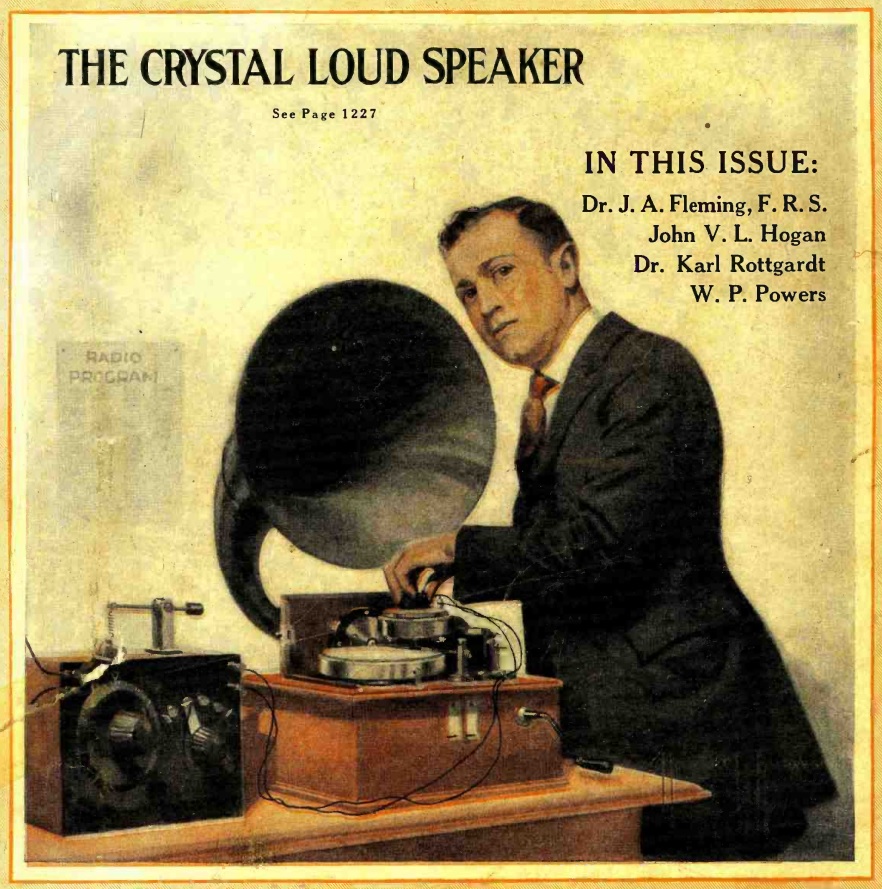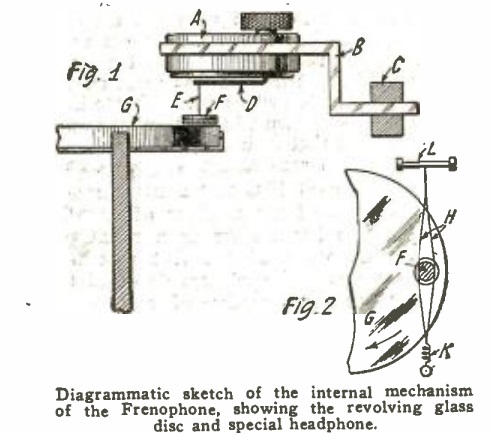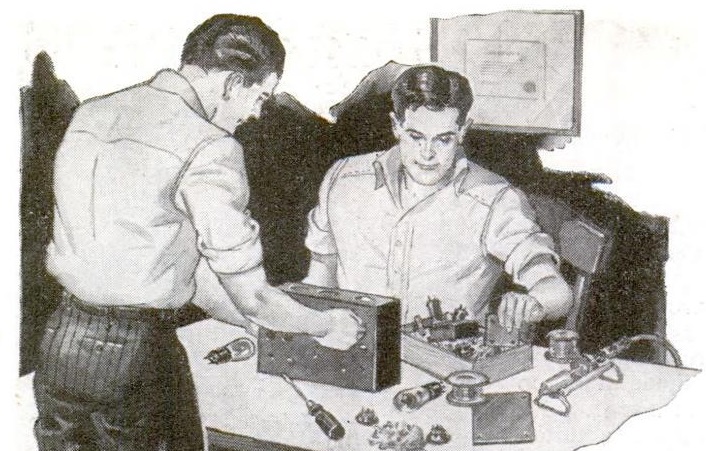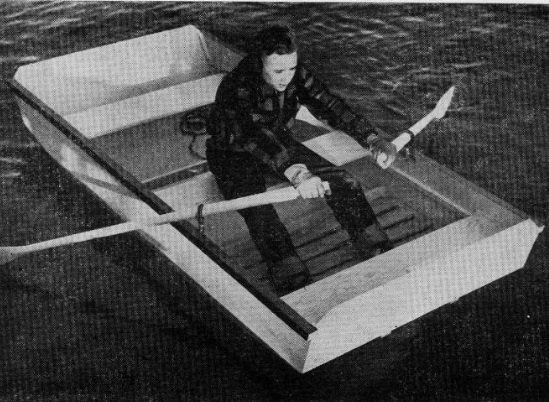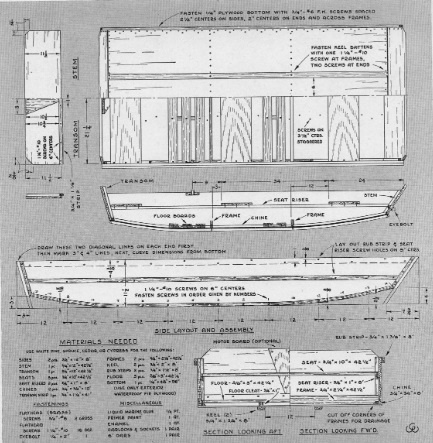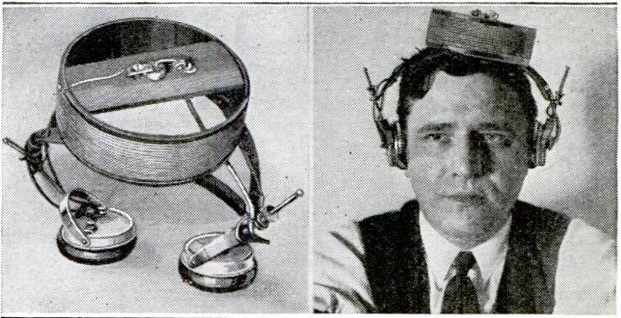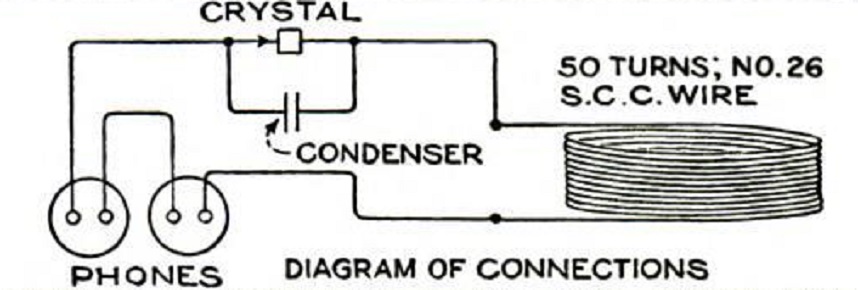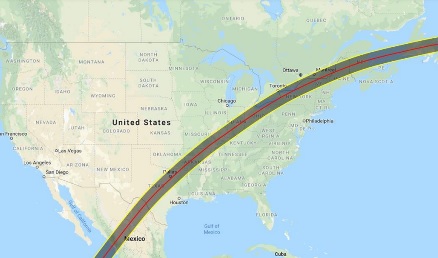
Our loyal readers have noticed that we’ve been incommunicado for a few weeks. We’ve been busy stuffing envelopes with eclipse glasses at our sister site, MyEclipseGlasses.com. It’s too late now for online orders, so we’re at OneTubeRadio.com Eclipse Headquarters in Dallas where we will view the eclipse.
We’re cautiously optimistic, but the weather forecast is currently “partly cloudy in the morning followed by scattered thunderstorms in the afternoon.” Totality here starts at about 1:40, so we’re counting on the thunderstorms coming later. And “partly” cloudy means that there are holes where you can see the sun.
Fortunately, we have mobility. To the southwest of Dallas, Interstate 35 more or less follows the path of totality all the way to San Antonio. And to the northeast, Interstate 30 stays in the path all the way to Little Rock, Arkansas. At this point, the northeast looks a bit more promising, so it’s possible we’ll view from Arkansas. But we’ll play it by ear. I’m confident we won’t be clouded out, like we were for the 2021 annular eclipse.
This is my last chance to implore you that if you live anywhere even close to the band shown above on the map, extending from Mazatlan, Mexico, to New Brunswick, Canada, that you should drop everything and go see it. Even if you live in a place where there is 99% coverage of the sun, the experience is completely different just a few miles away in 100% totality. That 1% of the sun that is still showing is about 100,000 times brighter than the sun’s corona. The experience is utterly and completely different. If possible, go see it, especially if you have kids, and even if they will have an unexcused absence. This is one case where you know better than the school. If you have kids, please read what I wrote in 2017.
If you are in Dallas, stop by our eclipse glasses stand at 2510 Firewheel Pkwy, Garland, TX 75040. Just look for the giant eclipse glasses. If you live in the Midwest, it looks like you can still get eclipse glasses at Hy-Vee or Menards, which ordered quite a few this time. Walmart, Home Depot, and Lowe’s also had them, and they still might. In Texas, they’re a little harder to find, but you can find them. In New England, they seem to be unobtainium. But if you can’t find a pair, check out our 2017 post about alternatives.
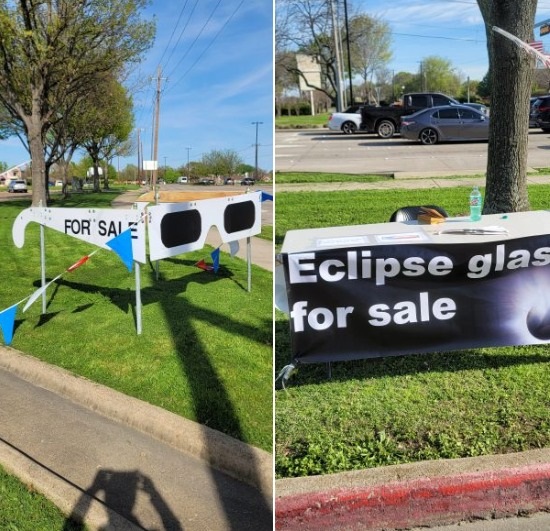
If I get a chance, I’ll be on the air for the Solar Eclipse QSO Party, helping generate some date for citizen scientists to study the ionosphere. If the weather is good, I’ll do that before totality. If we’re chasing a hole in the clouds, then I probably won’t set up until after totality.
Enjoy the eclipse!

